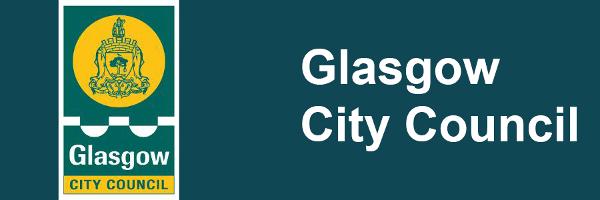Linn Park and Local Nature Reserve
Linn Park and Local Nature Reserve (82 hectares/203 acres) is the second largest park in the city.
Where is it?
What can I do there?
The park has a wide variety of facilities to suit all age groups.
- Woodland and river walks.
- 18 hole golf course.
- Orienteering course.
- Two children's play grounds:
- The play area adjacent to the Old Castle Road/Seil Drive entrance is suitable for older children.
- Public toilets:
- Linn Golf Pavilion.
When is it open?
The park is open at all times. However specific facilities for example golf course are subject to opening times and should be contacted directly for details.
History
In 1919 the city purchased 180 acres of land that is now known as Linn Park at a cost of £10,000.
- Linn Park was originally part of Hagtonhill, which belonged to the Maxwells of Pollok.
- In 1820 the land was sold to Colin Campbell of the 'sugar' Campbells who owned a West India Shipping Line. He named the land "The Lynn and built the Mansion House - now derelict - as a summer residence also creating much of the woodland and gardens.
- In 1840, John Gordon of Aitkenhead purchased The Lynn estate and made additions to the house. He is also thought to have planted the Lime Tree Avenue, which runs through the park, to commemorate the marriage of his daughter to 'Black Mungo' another of the Campbell's in the 1850's.
- In 1927 the lands of Cathcart Castle, over 18 acres, was added at a cost of £2,300.
- The 4 acre area known as Court Knowe was added in 1933 at a cost of £150 The history of the area can be traced back much further.
- Cathcart Castle was built around 1450 and was demolished in 1980 for safety reasons.
- It once belonged to Alan de Cathcart who fought for Scotland's independence
- Mary, Queen of Scots is reputed to have stayed in the Castle prior to the Battle of Langside in May 1568
- She is said to have looked on from Court Knowe across Old Castle Road - once the castle moat - as her hastily formed army was defeated by the smaller but better organised force lead by the Regent Moray.
Outstanding Features
Natural History - The park has an outstanding diversity of wildlife, habitat and plant life. Ranging from open grassland, scrub land, deciduous and coniferous woodland to the riverbank environment.
- The park is home to sixty species of birds, either resident or seasonal visitors.
- The diversity of fauna and flora within the park is truly outstanding given the relatively close proximity to the hustle and bustle of the city Centre.
Related Content
Related Links




